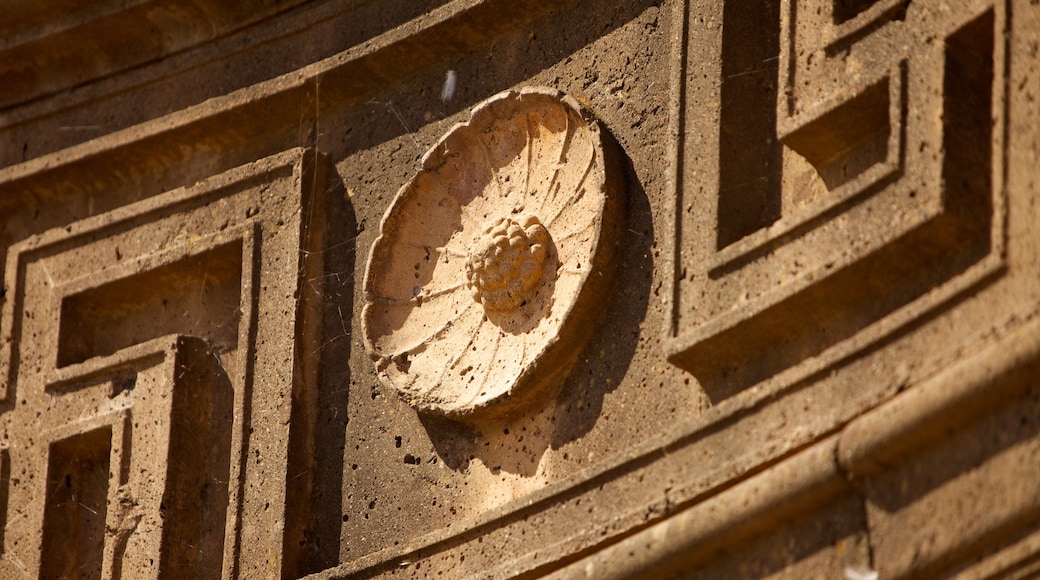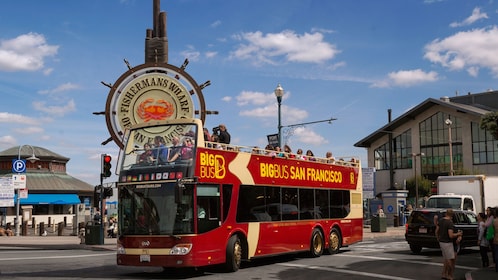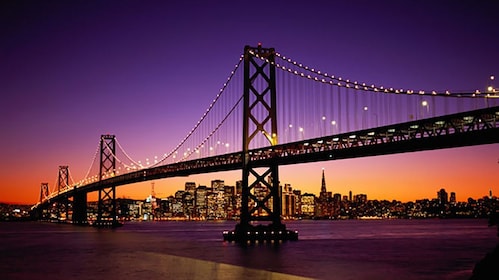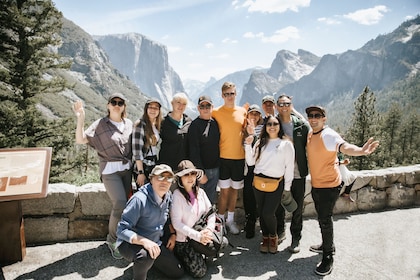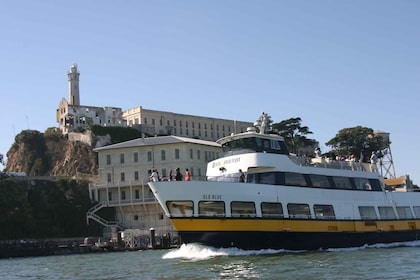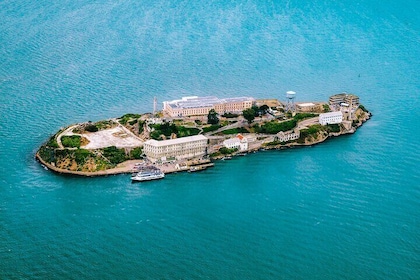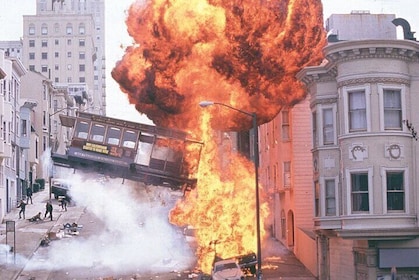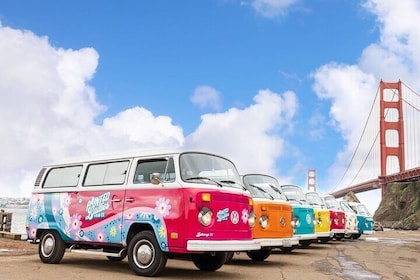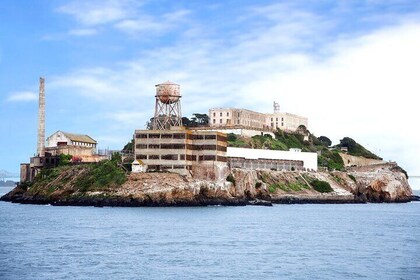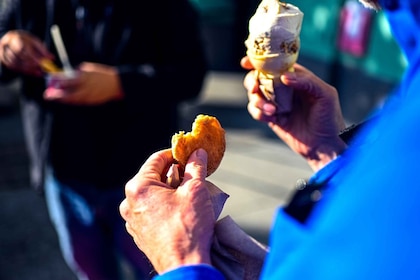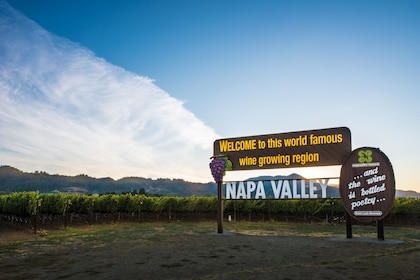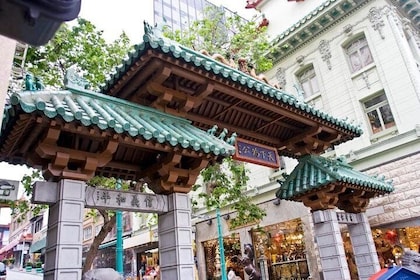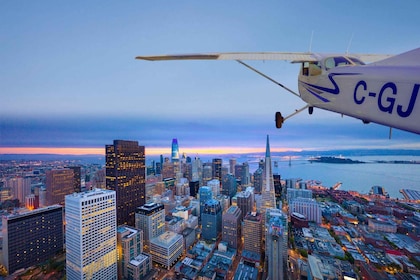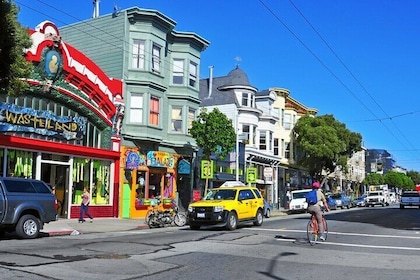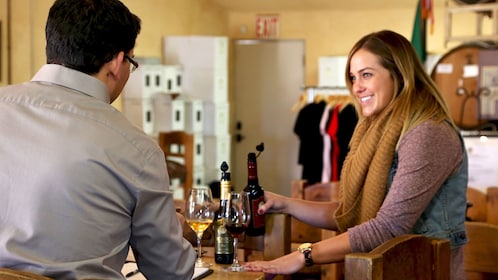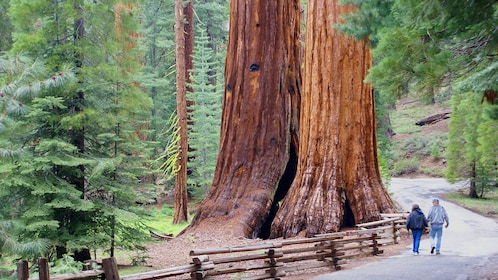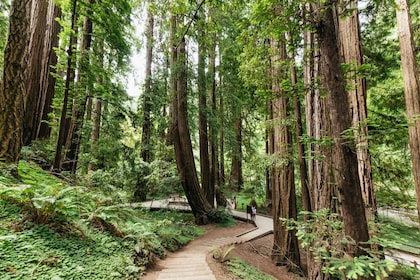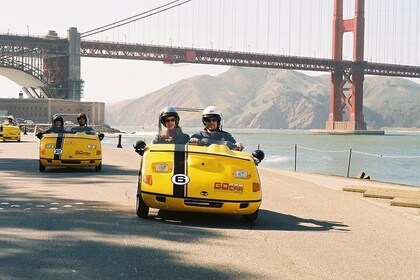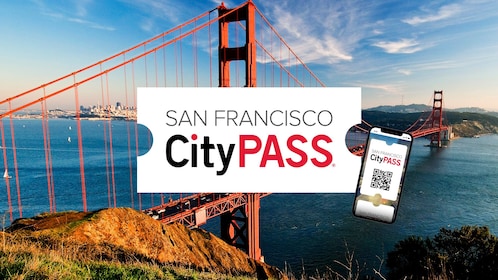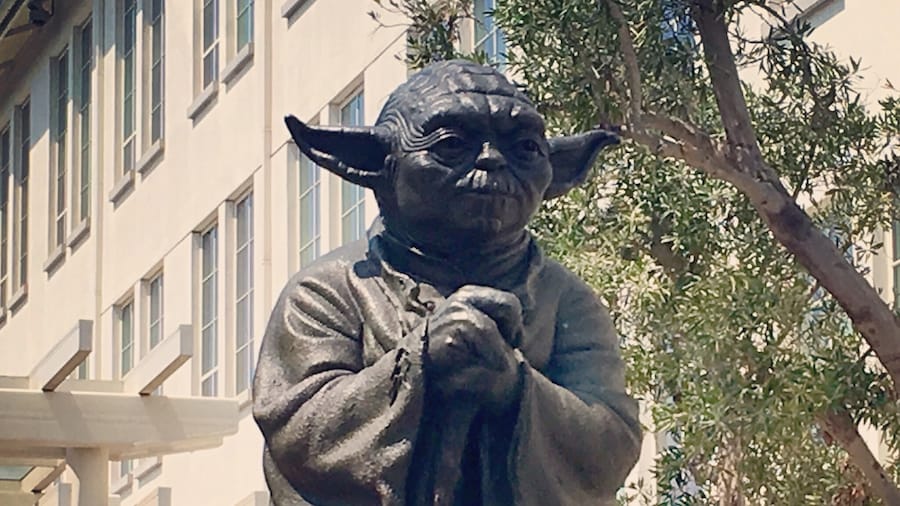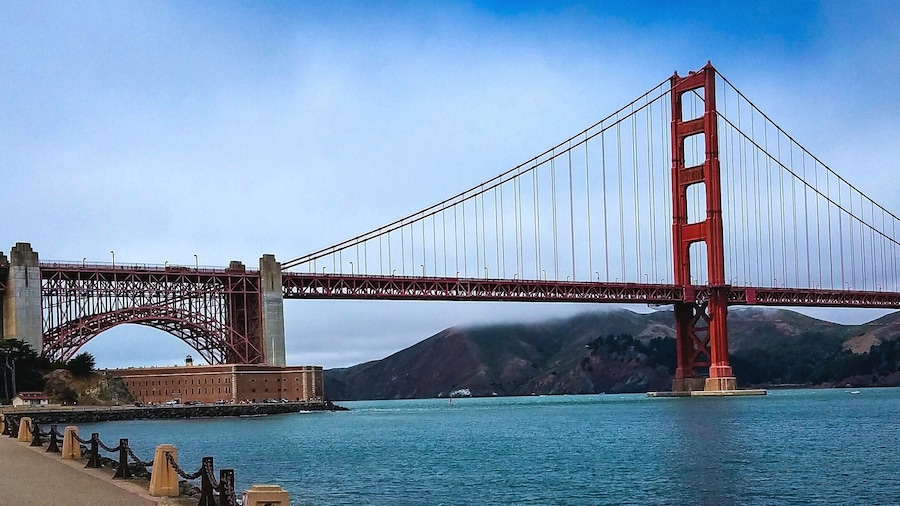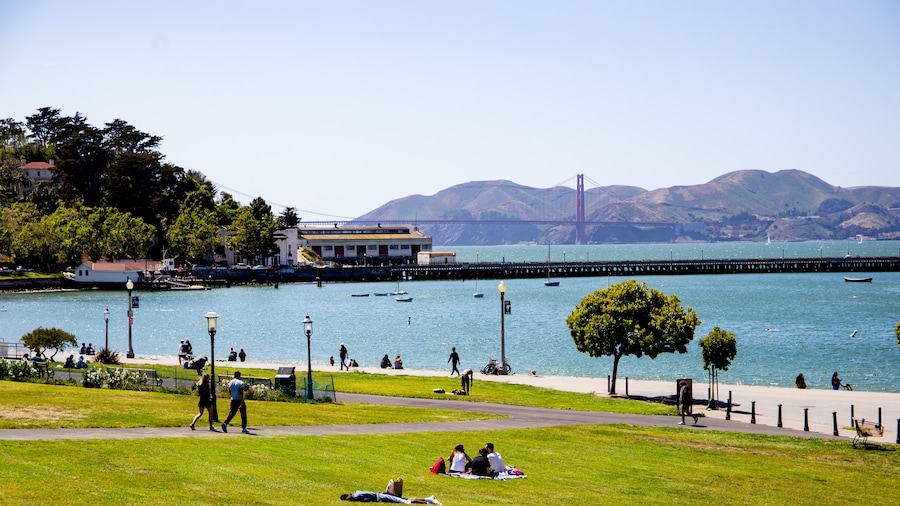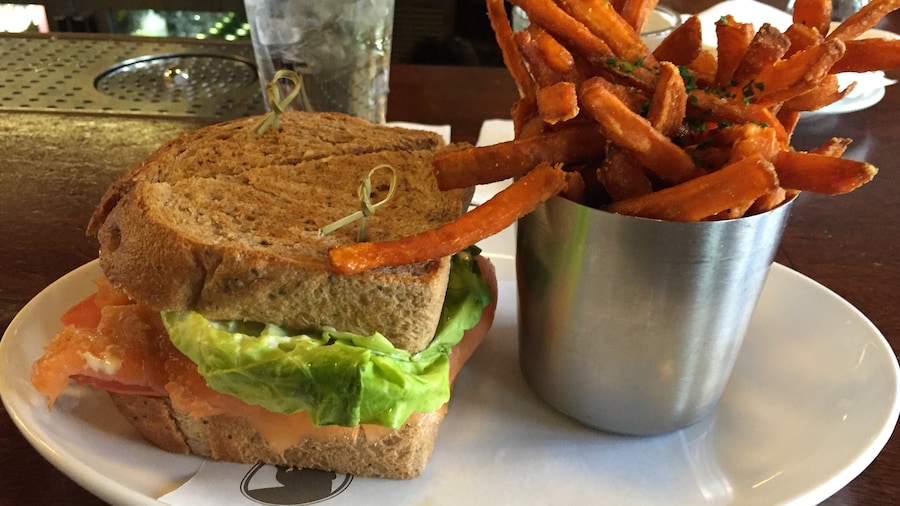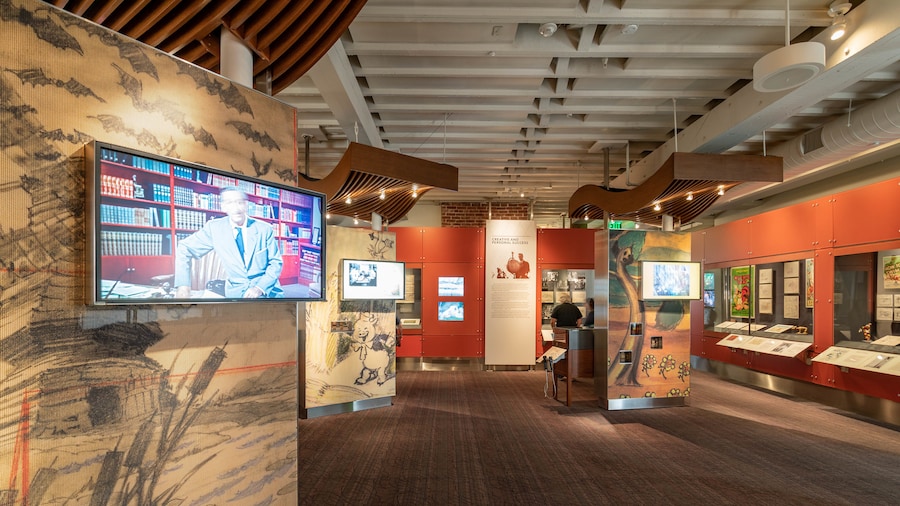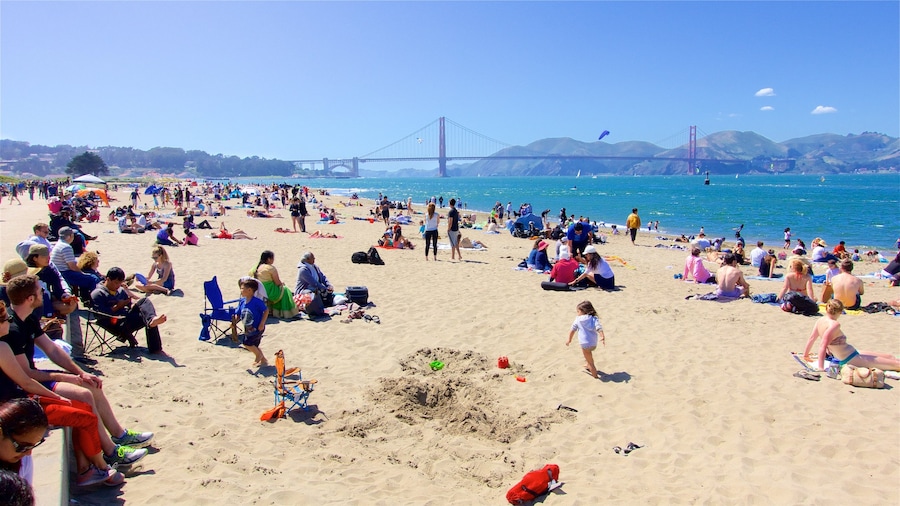This fabulous palace, inspired by Roman architecture is a fascinating modern renaissance piece and home to San Francisco’s centre of fine arts and science.
This Roman-inspired building was designed and built as the star attraction for the 1915 Panama-Pacific International Exposition. This expo was held to celebrate the completion of the Panama Canal, which was central to the recovery San Francisco’s economy after the devastating 1906 earthquake and subsequent fires that wreaked havoc on the city.
The designer of the San Francisco Palace of Fine Arts, Bernard Maybeck, drew particular inspiration for the building from Roman ruins, as well as classic Greek buildings in the design. Maybeck stated that the building was intended to display the mortality of grandeur and the vanity of human desire.
Today, the San Francisco Palace of Fine Arts is one of the last buildings constructed for the expo that still exists. Over the years, the building has been used for a variety of purposes including serving as a store for military trucks and jeeps, and it even housed several tennis courts at one time. A major renovation project restored the palace and returned it to its former glory, with its entire structure being rebuilt in concrete, with the addition of paving and landscaping.
The Exploratorium takes visitors on an informative and interesting journey into the wonders and mysteries of science. The Exploratorium is perfect for families, as its intuitive interactive displays and hands-on activities and exhibits are a big hit with children.
Outside, the palace’s grounds are the perfect place to enjoy a relaxing stroll or enjoy a picnic with family or friends. The beautiful gardens with its swan-filled lagoon, alongside a grand rotunda and 330-metre pergola are a sight to behold. This serene environment provides a welcome break from the busy atmosphere of the city.
The Palace of Fine Arts is located to the west of Fisherman's Wharf in the Marina District. Several buses stop nearby and there is a car park on the west side accessible from Lyon Street.




